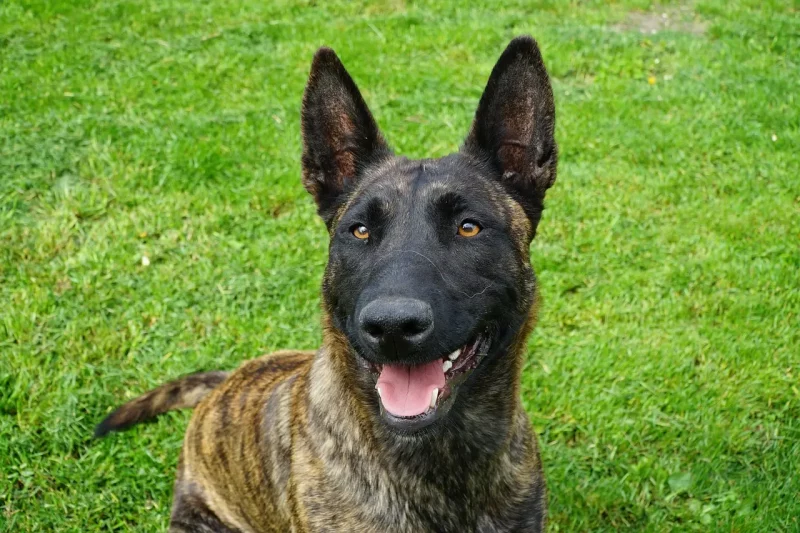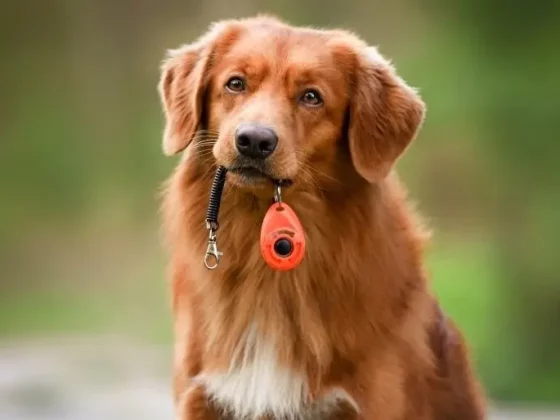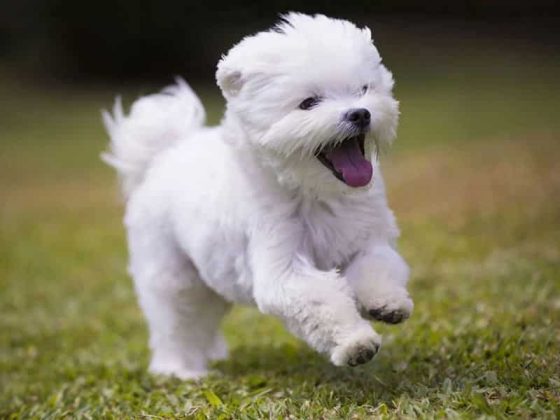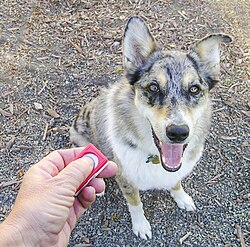The Dutch Shepherd is a robust, athletic breed originally bred for shepherding tasks. They make excellent family companions for active, loving households. However, this breed is not suitable for novice dog owners, as it requires an experienced handler to cater to its physical and mental needs.
The Dutch Shepherd is a smart, loyal, and highly energetic dog that needs appropriate training from an early age. Their versatile nature makes them highly trainable. They are often utilized as shepherd dogs, police dogs, and working dogs, and their training should reflect these roles.
When to Start Training?
Training a Dutch Shepherd should commence as early as possible. This independent breed requires an owner who can effectively manage their innate stubborn streak. The optimal time to initiate training is when they are still puppies, keen to please their owners. Basic obedience training should start when the puppy is about 6 weeks old.
Once your Dutch Shepherd puppy has mastered basic training, move on to advanced training around 4-6 months old. At this stage, they require ample exercise and a plethora of activities for mental stimulation. Engage them in various dog sports, agility activities, and more to keep their mind and body healthy.
Where to Start Training?
Basic training for your Dutch Shepherd should begin at home. They can be quite fearful at a young age, which could hamper their training. Home is the ideal environment for basic training, as it doesn’t require much space and offers fewer distractions than parks or public spaces.
For advanced training, your dog will need an open space to perform activities like agility and socialization, which aren’t feasible at home. By this time, your Dutch Shepherd should have mastered obedience training and other basics, making the transition to advanced training easier.
How to Define Task for Dutch Shepherd?
To define tasks for your Dutch Shepherd, you’ll need to introduce them to specific words. For instance, use words like ‘sit’, ‘stay’, ‘stop’ consistently for the corresponding tasks. Avoid using multiple words for the same task, as it could confuse your dog. Reward them with treats immediately after they complete a task to keep them motivated and focused on the training.
Incorporate hand signals and body gestures into your training. Visual instructions can help your dog understand the tasks better. Therefore, using hand and body gestures can simplify the training process for your dog.
Training Process
The Dutch Shepherd is an active, intelligent breed with an independent spirit. Effective training requires an experienced dog owner who can handle them appropriately.
Positive Reinforcement: Positive reinforcement is one of the most effective training methods. Rewarding your dog with treats for completing tasks and praising them vocally can keep them motivated during training sessions. Always be gentle with them and avoid raising your voice or hand.
Socialization: Socialization is a crucial part of your dog’s training. The more your dog interacts with people, the more gentle and less aggressive they become. Start socializing your dog around 7-8 weeks old. Take them out and introduce them to various people and dogs.
Agility: Given that Dutch Shepherds are active dogs who enjoy being engaged in tasks, agility training suits them well. It helps keep their bodies active and minds stimulated. The right age to start agility training is around 6 months old.












